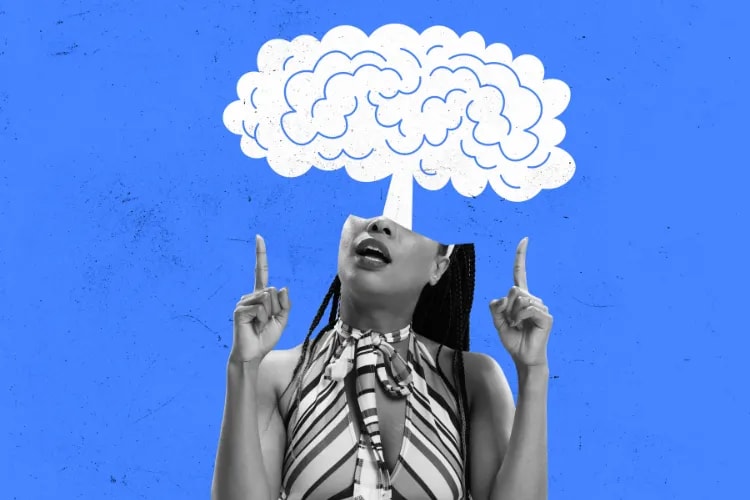
If you feel like planning events has gotten harder in the last few years, you’re not imagining it. The bar has jumped. Attendees can join a Discord, watch a stream, or binge Netflix instead of commuting across town. And yet the live “experience economy” is booming heading into 2026: as the latest PwC analysis shows, global entertainment and media revenues are still climbing, powered in part by live events. Major promoters are reporting record concert demand. The signal is clear: people still happily pay for in-person experiences—but only when the event feels undeniably worth the trip and the ticket.
What makes something “worth it” in 2026 isn’t just headliners or stage design; it’s psychology. Behind every ticket sale is a brain running a quick cost–benefit check: Will I feel like I belong? Will this move my career or my craft forward? Will this be a night I’ll talk about next month, not just tomorrow? Will I feel safe, respected, and not ripped off? Understanding those questions is now your most reliable competitive edge.
This article digs into attendee psychology using recent industry research plus insights from Loopyah’s own Event Attendee US 2025–2026 study. We’ll unpack what people actually want from events in 2026 and how their decisions are shaped before, during, and after showtime.
If you want full rooms, repeat buyers, and attendees who become your loudest advocates, you can’t just ask “What should we program?” You have to ask, “What’s happening in their heads?” Let’s look at how attendee psychology has shifted—and what that means for your 2026 event strategy.
The last five years compressed a decade of change for events. Pre-2020, success was mostly about scale and spectacle: bigger stages, bigger lineups, more bodies through the door. Then lockdowns forced everything online. When in-person events returned, audiences came back—but pickier, more values-driven, and far less patient with anything that feels like a waste of time or money.
Loopyah’s Event Attendee US 2025–2026 report shows how nuanced that picture is. Only 13.8% of respondents said they attended zero events in the last 12 months; most went to at least a few. In fact, 34.4% said they’re attending more events than last year and 45.0% about the same. At the same time, 37.2% said rising costs make them attend fewer events, and 21.2% are choosing cheaper events—even though 9.2% still prioritise experiences over other spending despite those higher costs.
The Loopyah Content Team shares expert insights, practical guides, and industry updates to help event organizers create unforgettable experiences and stay ahead in the event planning world.
selling
Translation: people still want to go out. They just won’t go out for “meh.” Every ticket competes not only with other events, but with streaming, gaming, side hustles, childcare, gym time, and mental bandwidth.
At the same time, social media and AI have quietly reset expectations. Curated feeds and hyper-relevant recommendations have taught people to expect relevance everywhere. If Spotify can guess what you want to hear next, why can’t a conference suggest the right session or a festival suggest the right stage at the right time? But there’s a catch: many consumers now see brands as reckless with data. They want the benefits of personalization without the creepy factor—meaning explicit consent, simple controls, and clarity on when AI is involved.
Layer on global crises, climate anxiety, social justice movements, and a loneliness epidemic, and you get a very different attendee than the one you designed for in 2016. People want spaces that feel safe, aligned with their values, and genuinely energizing—not just “another night out.” Underneath that, four psychological needs show up again and again: belonging, growth, memorable experiences, and meaningful connections. Nail those, and you’re halfway to a sold-out event.
Instead of guessing what “the audience” wants, design around four core drivers that consistently show up in research and in the field: the need to belong, to grow, to experience, and to connect. Here’s how each one works—and what it means for your event.
Events are one of the few places left where strangers have permission to talk to each other. In a world where loneliness is widely described as an epidemic, that matters. Belonging isn’t fluff; it’s a core human need. When attendees feel like “these are my people,” the whole experience feels safer, richer, and more worth the investment.
Recent field experiments in universities and organizations have shown that even simple, machine-arranged introductions—like small-group mixers or curated tables—can significantly increase participants’ sense of belonging. At the same time, large-scale research on “weak ties” (acquaintances, not close friends) finds that these loose connections are disproportionately powerful for new opportunities. In other words: community isn’t just about deep friendships; it’s about how easily people can form lots of light connections.
Your job as an event creator is to choreograph those connections, not leave them to chance. That could look like:
First-timer meetups or “new here” lanyards so solo attendees don’t feel invisible.
Curated small-group sessions (by role, interest, or challenge) instead of only big lectures.
Hosted tables or lounges—clearly labelled spaces where people with a shared identity or goal can gather (e.g., “First-time founders,” “Women in sports tech,” “Local artists”).
Design community moments on purpose and your event becomes more than a schedule—it becomes a social anchor people build their year around. If you want to go deeper on this emotional layer, our piece on emotions every event must trigger breaks down the feelings that turn casual attendees into loyal fans.
Post-2020, people are ruthless about ROI on their time. For many attendees, especially in B2B and education-heavy events, that ROI often means growth: learning a new skill, getting unstuck on a challenge, or seeing what’s coming next in their field. That’s true at conferences, but it’s also true at festivals, creator events, and fan conventions, where “growth” can mean creative inspiration or identity-affirming content.
Industry studies on learning consistently show that in-person formats are unbeatable for hands-on, complex skills—especially when attendees can interact with experts and peers, not just listen. Demonstrations, labs, clinics, and Q&A-heavy sessions outperform long, didactic lectures. And Loopyah’s research found that 67.0% of ticket buyers rate lineup, performers, or speakers as “very important” in their decision to attend. People are literally buying your learning and inspiration promise.
To design for this driver, reshape your content mix:
Replace some plenaries with hands-on labs, clinics, or “fix my problem” circles.
Offer office hours with speakers, coaches, or mentors instead of only one-way keynotes.
Bundle sessions into clear learning paths (Beginner / Advanced, Creator / Brand, etc.) so people can see the growth journey you’re promising.
Make it obvious in your agenda why each session matters and what attendees will walk away able to do. If they can’t see the growth, they won’t see the point.
People don’t remember events as a neat average of every minute. They remember a handful of emotional high points and how it ended. Psychologists call this the “peak–end rule”: our memories of an experience are anchored by its peaks and its final moments, not its total duration.
That’s huge for event design. You’re not selling hours in a venue; you’re selling the story they’ll tell about it. In a world where most ticket buyers are comfortable spending $50–$199 on a single event when it matters, they expect at least one moment that feels unquestionably “worth it.” That could be a surprise guest, an intimate acoustic set in a hidden room, a wildly immersive brand activation, or a closing ritual that leaves people buzzing rather than exhausted.
This is where micro-design pays off. Think less about “the show” and more about the dozens of small touchpoints along the journey—registration, first impression, transitions, breaks, and the goodbye. We dive into this in our guide to event micro-moments, but the short version is: engineer a few strong peaks and a thoughtful ending, and you dramatically increase post-event satisfaction and word-of-mouth.
For a big slice of your audience, the primary reason to attend isn’t the stage—it’s the hallway. New clients, employers, partners, collaborators, or co-founders are often the real prize. But traditional “networking” formats (open bars, noisy mixers, awkward badge staring) don’t work for most people and wildly favour extroverts.
Research on professional mobility has shown that “moderately weak” ties—the people you sort-of know—are particularly powerful for unlocking new opportunities. That means your event’s job is to help attendees quickly grow that layer of their network: not best friends, not strangers they’ll never see again, but warm, purposeful connections.
Practical ways to design for this:
Ask for topics or challenges at registration and use them to place people into themed roundtables or “birds of a feather” sessions.
Offer opt-in matchmaking (via app or on-site hosts) that connects attendees with 3–5 people they should meet, based on shared goals.
Structure networking with light prompts: timed conversations, rotating small groups, or co-working sprints, so no one has to cold-approach strangers without context.
When you make collaboration feel easy and purposeful, people stop dreading “networking” and start seeing your event as a place deals, projects, and new lives get started.
Those four drivers—belonging, growth, experiences, and connection—don’t change. But the way attendees expect you to deliver them definitely does. Heading into 2026, four trends are rewriting what “good” looks like.
Your attendees live in a world where their feeds, playlists, and shopping carts are tuned just for them. A generic, one-size-fits-all event experience feels lazy by comparison. People don’t want “the agenda”; they want “my agenda.” They don’t want “the conference app”; they want “my recommendations, my meetings, my map.”
At the same time, trust is fragile. Multiple global studies show that while customers reward relevant experiences, they’re increasingly anxious about how their data is used—especially when AI is involved. Attendees are fine with your system suggesting sessions they might like; they’re not fine discovering you scraped half their social presence without telling them.
The sweet spot is consent-first personalization powered by tools that actually fit how events work. A modern event software platform should help you collect only the data you need (interests, goals, accessibility needs), then use it to personalise agendas, recommendations, and on-site messaging. Pair that with segmented messaging via built-in email tools so people get timely nudges about the sessions, meetups, or offers that truly fit them. And always be explicit: show “why you’re seeing this” and give people a clear way to opt out.
For a growing share of attendees—especially Gen Z and younger millennials—how you run your event matters as much as what’s on stage. Wasteful builds, meat-heavy menus, no recycling, or a complete lack of inclusion signals can all quietly push ticket buyers toward a competitor that feels more aligned with their values.
The events sector isn’t guessing anymore; there are real frameworks now. ISO 20121, the international standard for sustainable event management, gives organizers a blueprint for identifying environmental and social impacts and reducing them over time. You don’t need a certification to start, but borrowing its mindset—plan, measure, improve—is a solid move. You can learn more directly from the ISO 20121 standard if you’re ready to go deeper.
Concrete steps that signal you’re serious about impact:
Source local, seasonal menus; default to plant-forward catering with clear labelling for dietary needs.
Ban single-use swag and switch to usable, durable, or digital benefits (credits, content, memberships).
Incentivize low-carbon travel with transit passes, bike valet, or shuttle buses from transit hubs.
Make your inclusion and safety policies visible pre-event and on site—code of conduct, reporting channels, and accessibility info shouldn’t be hidden in the fine print.
Attendees don’t expect perfection, but they do expect honesty and progress. Share what you’re doing, where you’re improving, and where you’re still figuring it out.
AI, VR, AR, spatial computing… everyone’s pitching “the future.” Attendees don’t care. They just want tech that works and doesn’t get in the way.
And our Event Attendee Insights Report 2025–2026 makes that quite clear.
65.0% of event goers discover events through social media, 37.6% through search engines, and 28.8% on ticketing sites or apps — so your discovery flow and event pages need to load fast, look clean, and work flawlessly on mobile.
When it comes to checkout, the killers are obvious:
48.0% abandon because of unexpected fees,
34.8% bail when prices change mid-checkout,
30.0% quit over confusing seat maps,
19.8% leave slow or broken sites, and
17.8% walk away from forced logins or account creation.
These aren’t “tech problems” — they’re trust problems. And they’re solvable.
So here’s the real priority list:
Transparent pricing.
Fast pages.
Flexible payments.
Seat maps that don’t require detective work.
Check-in tools that scan instantly, not after five attempts.
And yes, use AI — but for the right things: smarter search, personalised suggestions, real-time FAQ help, route guidance, on-site support. Not to spike prices or complicate the experience.
Immersive tech (VR, AR, holograms, whatever’s next) absolutely has a role — but only when it adds to the moment. If your activation needs a tutorial, it’s already doing too much. Tech should make your event feel smoother, safer, or more magical… never heavier.
Wellness is no longer a scented-candle add-on; it’s a baseline expectation. Attendees are more vocal about mental health, energy management, and sensory overload than ever. They want spaces that support focus, rest, and safety—not just relentless stimulation.
Our data shows that 62.6% of respondents said overcrowding is a top negative experience at events, and 55.8% pointed to expensive food and drinks. 14.0% mentioned safety concerns, and 11.0% called out poor communication or unclear information. None of these are minor issues; they directly shape whether people come back—or warn their friends not to.
To design with wellness in mind:
Cap capacity realistically and avoid packing every minute; give people breathing room and buffer time.
Offer clearly labelled healthy food options and free water everywhere; don’t make people hunt for basics.
Create quiet rooms, reflection spaces, and prayer/meditation areas so attendees can reset when they need to.
Make accessibility visible: clear info on mobility access, sensory considerations, seating, and support services before people buy.
If you need inspiration, our guide on mental health event ideas covers practical ways to make well-being a design principle instead of an afterthought.
Now, let’s put these theories into context with a couple of case studies — real events that aren’t just running great programs, but designing for psychology. These examples show what it looks like when belonging, growth, memorable experiences, and trust are baked into the event from the ground up.
BIGSOUND has always been a big deal in the Australian music scene, but the 2025 edition levels up in a way that nails exactly what modern attendees want: belonging, growth, real industry access, and a sense that “this could change my life.”
Instead of leaning on hype, BIGSOUND builds psychological value straight into its design. The speaker lineup alone signals serious opportunity: global heavyweights like Rene Contreras (Goldenvoice / Coachella’s Sonora Tent) and Andy Clayton (Creation Collective) sit side-by-side with influential Australian leaders like Richard Kingsmill, Jessie Parker (Laneway), Annabelle Herd (ARIA), Jaddan Comerford (UNIFIED Music Group), and Nina Las Vegas celebrating ten years of NLV Records. For emerging artists and industry newcomers, this isn’t just a conference—it's proximity to the exact people who can unlock their next chapter.
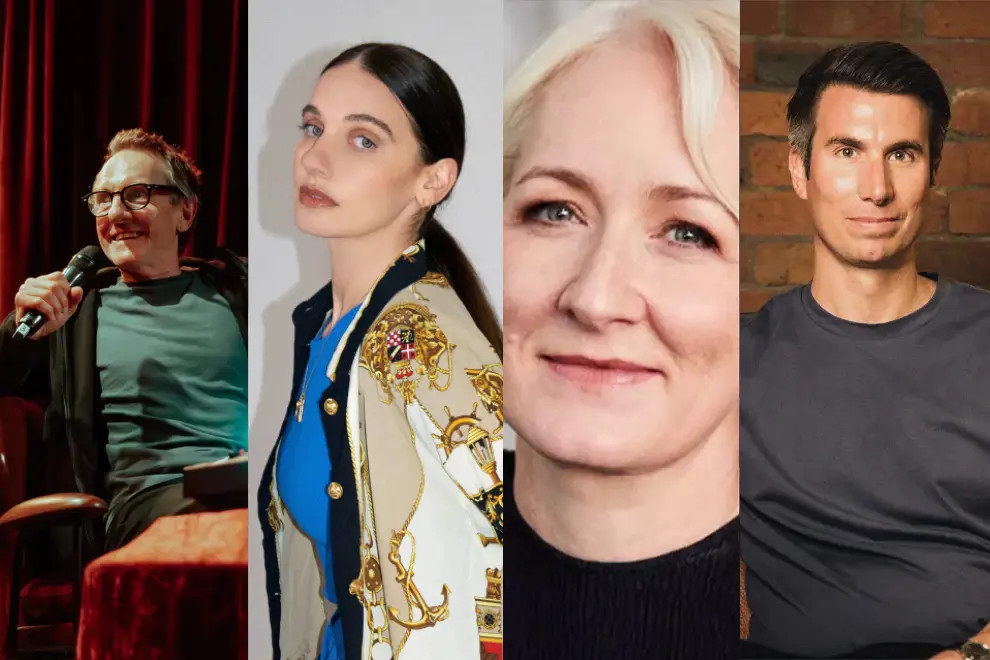
From day one, the program prioritizes belonging and connection. BIGSOUND doesn’t treat attendees as a crowd; it treats them as a community with shared ambition. Panels like “First Word: One Brilliant Thing” bring founders, CEOs, and creators into open conversation, breaking down the intimidation barrier that normally keeps early-career talent on the sidelines. Add to that a delegate portal, curated spaces, and structured discussions that encourage actual network building—not awkward badge staring—and you get an environment where “weak ties” can quickly turn into collaborators, mentors, or booking opportunities.
Growth is front and centre too. With sessions tackling real industry challenges and a roster of globally respected buyers and presenters, attendees get insights that are actually actionable—not recycled talking points. It mirrors what our Event Attendee Insights Report 2025–2026 shows clearly: 67.0% of ticket buyers say the lineup and speakers are a top deciding factor, and BIGSOUND delivers a lineup that screams ROI.
Then there’s the emotional payoff—the “this is bigger than me” feeling. Celebrating 50 years of triple j and major milestones like NLV Records’ tenth anniversary roots the event in shared cultural pride. It turns a business trip into a moment. Into memory. Into story.
For 2025, BIGSOUND also doubles down on its ecosystem responsibility. With support from the Queensland Government and QMusic, the conference openly frames its mission around building markets, audiences, and pathways for artists—not just selling badges. That transparency builds trust, something our research shows modern event goers care about deeply, especially when deciding where to invest time and money.
What to learn for your event:
Curate by impact, not by volume. BIGSOUND’s speaker list is a masterclass in “quality attracts quality.”
Make networking purposeful, not painful. Guided meetups and clear conversation anchors keep the introvert drop-off low.
Celebrate community milestones. They create shared emotion and stronger memory peaks.
Signal value early and everywhere. Before attendees even arrive, BIGSOUND communicates: “This is worth the trip, the ticket, and the time.”
Put simply: BIGSOUND 2025 isn’t just running a music conference. It’s designing a psychological journey that makes every attendee feel like they’re exactly where they need to be to grow.
Supercars’ decision to launch its first-ever New Zealand double-header in 2026 is a masterclass in understanding what modern attendees crave: big moments, local pride, community investment, and a story they’ll be bragging about for years.
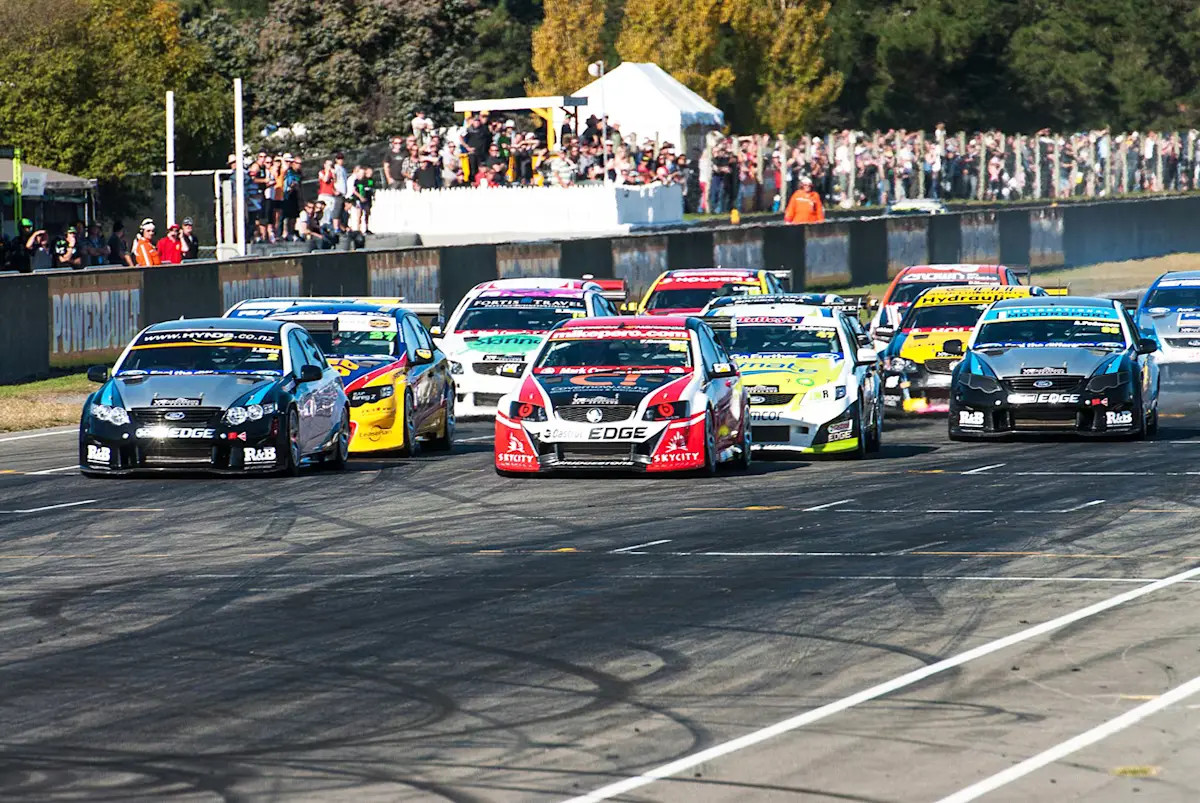
The move brings Supercars to both islands — Taupō in the North and, for the first time in history, Christchurch’s Ruapuna Raceway in the South. It’s huge for Kiwi motorsport culture. More importantly, it’s proof that when you create events that honour place, people, and emotion, audiences reward you. (Taupō pulled over 67,000 fans in 2024, proving demand isn’t the problem — meaningful experience is.)
This double-header nails attendee psychology on multiple fronts:
1. Belonging grounded in local identity
Ruapuna isn’t a generic mega-venue — it’s a grassroots, club-run circuit with decades of community love behind it. By investing in a multimillion-dollar upgrade driven by the Canterbury Car Club and its volunteers, Supercars is telling fans: this event belongs to you as much as to us. That local authenticity builds instant emotional buy-in.
2. Peak moments at national scale
Attendees don’t just want an event; they want a cultural moment. A trans-island, two-week motorsport festival does exactly that. It turns race weekend into something bigger — a pilgrimage, a memory anchor, a shared story. This aligns with our Event Attendee Insights Report, where 40.6% of attendees say exciting visuals and highlight moments drive them to buy, and 45.6% click "buy" when they see friends attending. Give people a moment they can’t miss, and they won’t.
3. Growth and opportunity baked into the ecosystem
For the motorsport community — fans, local businesses, tourism operators, talent pathways — this isn’t just entertainment. It’s a career and industry boost. Governments, tourism boards, and councils are openly backing it because the events inject millions into regional economies, create local jobs, and spotlight Kiwi innovation on a global broadcast stage.
That kind of ecosystem alignment builds trust, something 44.2% of ticket buyers rate as “very important” when choosing events. People support events that support them back.
4. Purposeful design and a frictionless future
Ruapuna’s upgrade plans — resurfaced track, rebuilt supporters’ lounge, better accessibility, and sustainability-led improvements — aren’t just cosmetic. They directly target top attendee pain points like comfort, crowd flow, and clear information. (Our data shows 62.6% of respondents cite overcrowding and 11.0% cite poor communication as major negative experiences. Supercars is solving ahead of time.)
Add in the trust-building clarity of long-term commitments (Taupō locked until 2028, Ruapuna secured for three years) and it hits a modern attendance trigger: confidence that the event won’t be a one-off or a logistical gamble.
What to learn for your event:
Root big moments in local pride. Fans show up harder when the event feels like a win for their community.
Make your upgrades visible. Announce improvements early — it signals respect, safety, and long-term thinking.
Turn an event into a journey. Multi-day, multi-location narratives create natural “peaks” and more reasons to attend.
Earn trust through transparency. Show your investment, your partners, and your long-term commitments.
Supercars’ NZ double-header works because it isn’t just a schedule expansion — it’s an emotional strategy. It taps belonging, elevates experience, and builds trust at every layer. And that’s exactly why these events will sell out long before the engines fire.
You don’t need Dreamforce’s budget or a massive team to design with psychology in mind. You do need intention and a simple process. Think of your event like a product: research, prototype, personalize, then iterate.
Here’s a practical checklist you can start applying to your next event, no matter the size:
Segment by motivation, not just demographics. In your registration form or pre-event survey, ask why people are coming (learn, network, do business, have fun, support a cause). Use that to shape tracks, messaging, and on-site signage.
Map the attendee journey. Sketch what happens from discovery to decision to arrival, experience, and follow-up. Where do people feel friction, confusion, or social anxiety? Where are your peaks and your ending?
Design at least one moment for each psychological driver. Belonging (community touchpoint), growth (solid learning opportunity), experience (a memorable peak), and connection (structured networking).
Use tech to personalize transparently. Start small: recommend sessions by interest, group networking by goals, send segmented reminders with clear “why you’re seeing this” messaging. Don’t collect data you don’t plan to use well.
Make community feel intentional. Add first-timer meetups, identity-based gatherings, topic tables, or “ask me anything” circles with speakers or partners. Reduce the need for cold approaches wherever possible.
Engineer 2–3 signature peaks and a strong finish. Don’t let the event quietly fizzle out. Close with a shared moment: a collective reflection, a final performance, a clear call to action, or a meaningful giveaway.
Bake in wellness and accessibility. Set realistic capacity, plan for quiet spaces, keep hydration and healthy food easy to find, and communicate accessibility clearly before people commit to attend.
Measure beyond vanity metrics. Don’t stop at registrations and NPS. Track repeat attendance, referral rates, session-level engagement, connections made, and post-event actions like sign-ups, purchases, or collaborations launched.
Heading into 2026, attendee psychology converges on a few non-negotiables. People want to feel like they belong. They want to grow. They want experiences that create real memories, not just more content. And they want to trust that you respect their time, their data, their well-being, and their values.
The tools will keep evolving—AI agents, smarter apps, new formats, new channels. But the events that win will be the ones that use those tools in service of human needs, not in place of them. When you design from the attendee’s psychology outwards, everything else—marketing, ticket sales, sponsorships, loyalty—gets a lot easier.
So before you lock in your next run-of-show, pause and ask: if I were my attendee in 2026, would this feel worth the trip, the ticket, and the time? If you’ve built for belonging, growth, memory, and trust, the answer is almost certainly yes.
Design for human needs first; let AI and data quietly power the moments that matter.
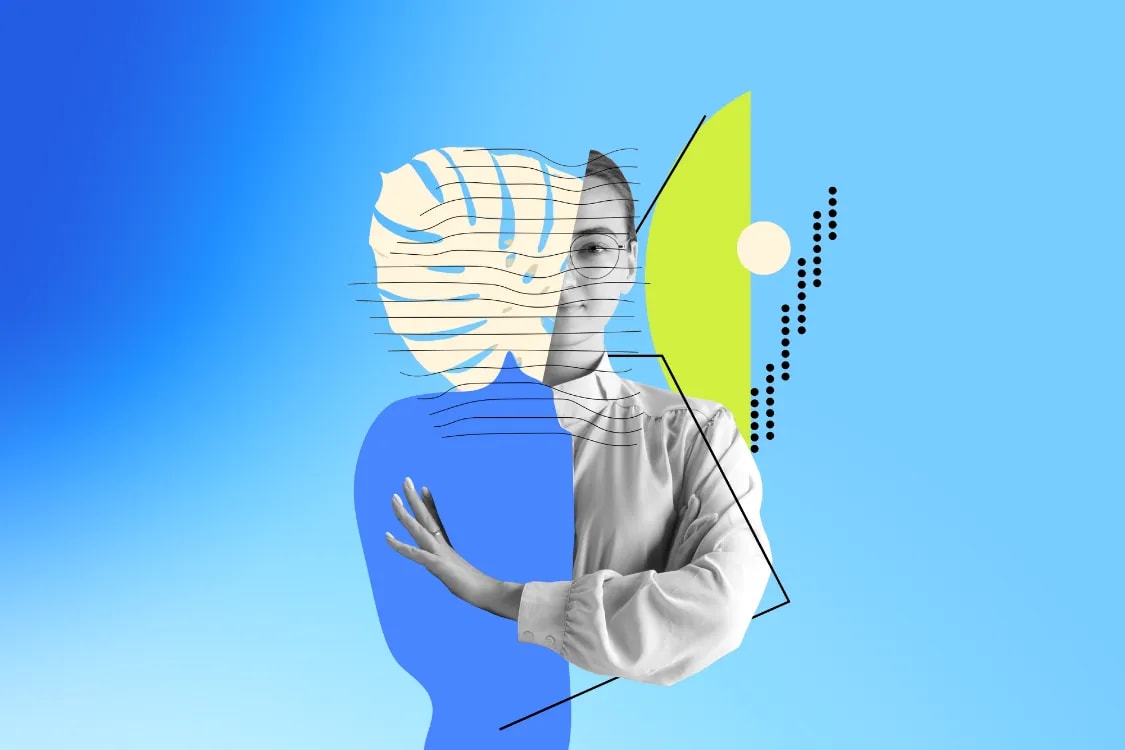
growth


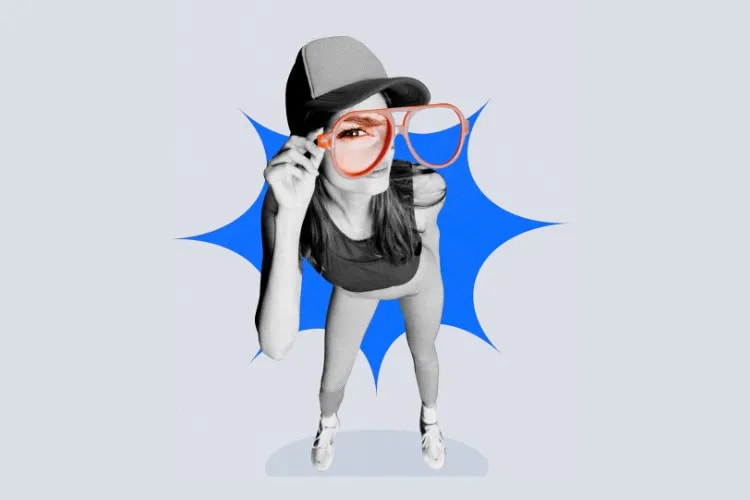

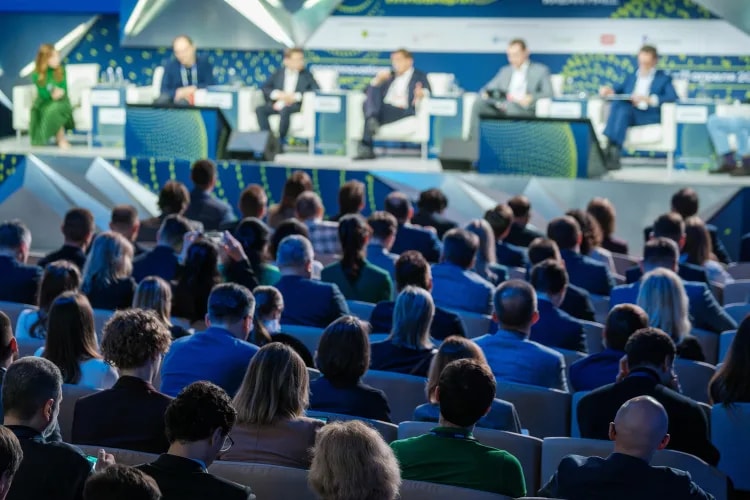

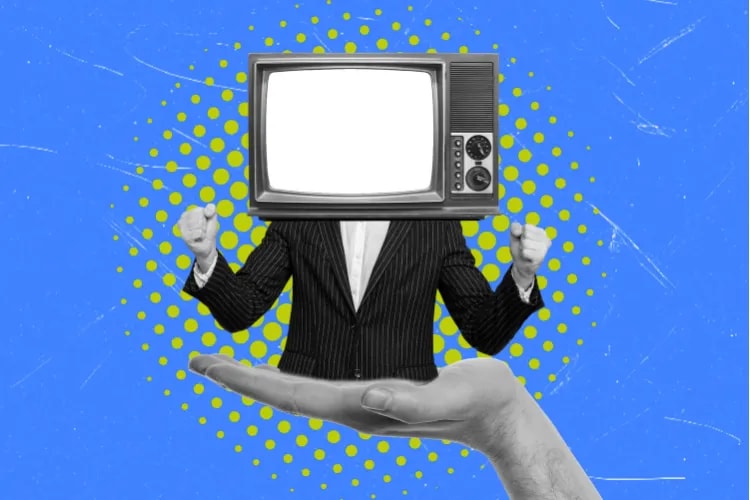
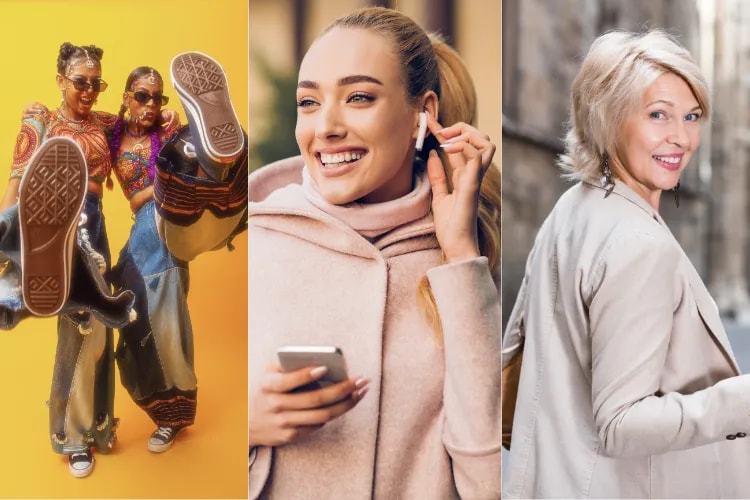
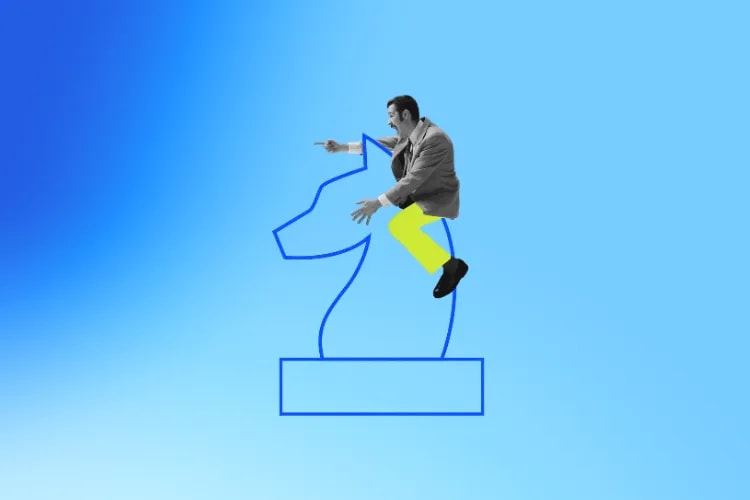
growth
marketing
marketing
trends
marketing
growth
growth
community
planning